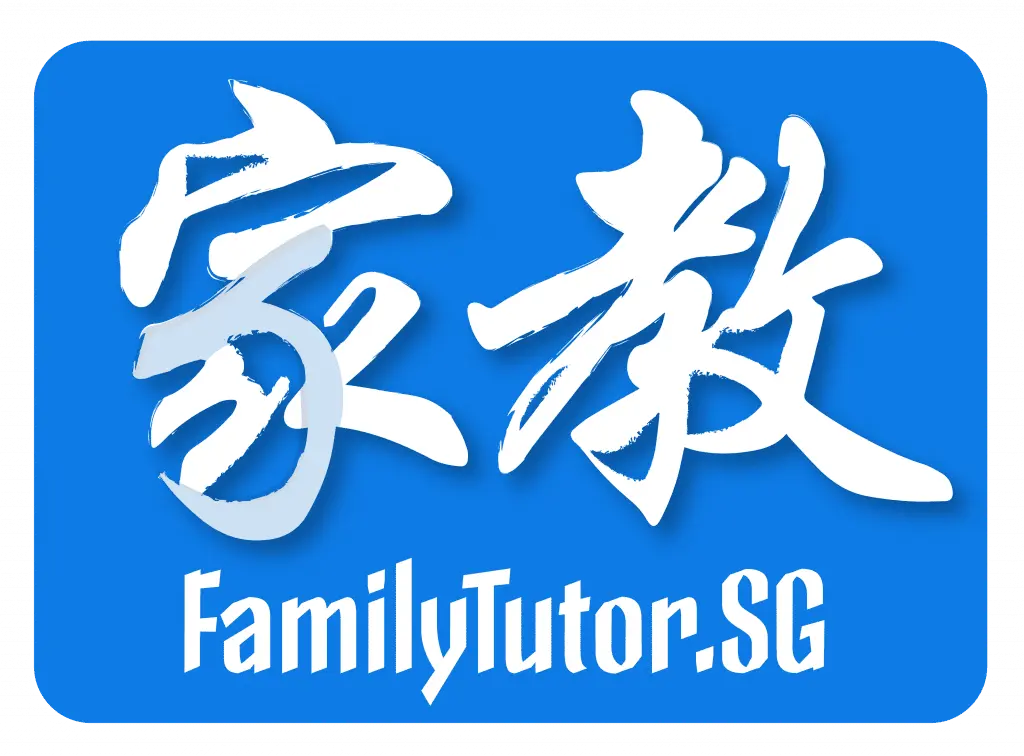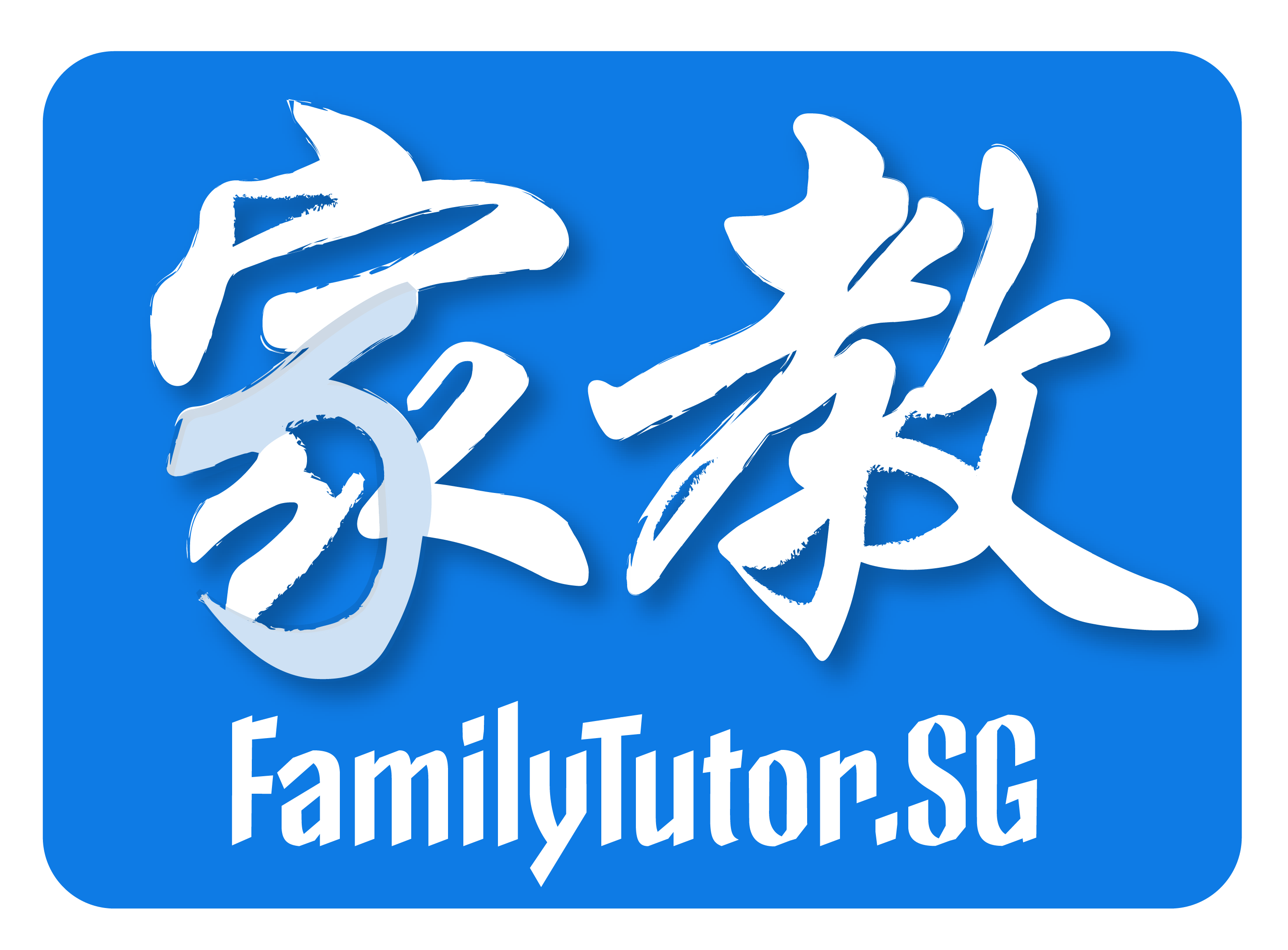
What Kind of Learner are you?

Life is a unique experience that is different for everyone. This includes one’s learning styles as well! It boils down to which learning method is able to effectively capture and hold your attention for long periods of time. This explains why some students are able to fully listen to what the teacher is saying during class, while others may find it difficult to concentrate. For the former, it could be because they learn best via auditory methods while for the latter their learning styles are different!
So what exactly are learning styles? A learning style is essentially how you best learn and process new information. The learning style model was first introduced by Neil Fleming, a New Zealand teacher, in 1987. His VARK model put forth four general learning styles: Visual learners; Auditory learners; Reading/Writing learners and Kinesthetic (physical) Learners. Much later, this list was expanded to include other observed learning styles as well and the total number varies up to 130! Nevertheless, the four learner type model is a simple and relatable guide for one to identify their own learning style. This can then help you maximise your learning and also save you time and effort in the long run. As they say, studying smart is better than studying hard!
Learner Type #1: Visual Learners

Source: BigByte Education
Visual learners learn best via observing and seeing information, such as in images, videos, diagrams, charts or other visual representations. This is sometimes referred to as ‘spatial learning style’ as well, as visual learners tend to be able to visual relationships, patterns and interrelations effectively, focusing more on the ‘big picture’. Visual learners find it easier to remember things that are written down and thus utilising visual learning styles can help you memorise information effectively. Such techniques include:
- Turning notes into mind maps, intricate diagrams, charts or infographics
- Colour coding your notes or drawing images associated with the information in question
- Using flashcards when studying
- Watching videos to understand a concept instead of repeatedly reading the textbook
- Using a variety of representations in your notes, such as mini symbols, arrows and unique bullet points.
For more information on mind map strategies and examples, do check out FamilyTutor’s article on popular study strategies!
Learner Type #2: Auditory Learners

Source: TataSky
Auditory learners, as the name suggests, learn best through sound, music and rhythm. This means it is easier to retain and understand information through hearing and speaking, be it through videos, lectures, or even their own voice. Auditory learners generally enjoy verbal discussions in class or find it easier to listen to lectures as compared to visual learners. Another common preference is to read information out loud to memorise it. These are included in effective learning strategies for auditory learners:
- Listen to lectures and audio recordings
- Participate actively in group discussions or have study session debates with others
- Narrate information back to yourself or explain concepts out loud to others while studying
- Listen to background music while studying
It is worthy to note that auditory learners tend to prefer voiceless background music, such that they can focus on the information in front of them. For more recommendations on such kinds of music, do check out FamilyTutor’s article on the best studying music!
Learner Type #3: Reading/Writing Learners

Source: 3P Learning
Reading/Writing learners are drawn to written words, and understand information most effectively through reading and writing. Interacting with text, be it through online mediums or physical material, is one of the best ways to learn for such students. As such, reading/writing learners have a wide variety of resources for their learning, especially in the digital age we live in today. A recent popular studying trend is writing out one’s notes on a tablet, making them aesthetically pleasing and perfectly tailored to one’s individual style. There are also multiple articles and videos online regarding the best note-taking and editing application for this purpose also. reading/writing learners can try out this popular strategy, as well as others below:
- Writing essays or question answers out (i.e. consistent practice)
- Reading and annotating textbooks and sample essays
- Doing individual research, such as reading books, newspaper and journal articles, or even using online dictionaries and thesauruses.
- Creating presentations – check out Slidesgo and Canva for some templates!
Learner Type #4: Kinesthetic (physical) Learners

Source: BigByte Education
Kinesthetic learners prefer physical and hands-on activities to pipe their interest when it comes to studying and remembering information. When learning, kinesthetic learners prefer demonstrations over lengthy verbal explanations. Physically sensing what they are studying aids best in understanding abstract concepts and difficult topics. Kinesthetic learners as such may be easily bored or restless with other learning styles are used, and could instead try to incorporate the following techniques:
- Incorporating movement into learning sessions
- Engaging learning games, including quizzes such as Kahoot!
- Hands-on activities such as building models, acting out scenes and carrying out experiments
- Read or memorise information while studying or pacing
- Take frequent study breaks
What then can we do with this information on learning styles? Knowing ‘what to do’ and ‘what not to do’ in your studying sessions means you can better absorb what you are studying, instead of just having a very superficial understanding of it that you will forget easily. Furthermore, knowing your learning style can be applied to a classroom and private home tuition setting as well. For instance, if you are more of a visual learner, learning in a lecture or classroom setting may be more difficult for you. As such, private home tuition is an avenue you can explore as it can provide more tailored learning styles to suit your learning the best. Especially if it is 1-to-1 home tuition, you could discuss your learning style with your private home tutor, such that they can create notes, practices and lesson plans in way that appeals to visual learners, such as mind maps. Similarly, if you are a reading/writing learner, you can even request for general revision style lessons and notes from a home tuition agency in Singapore, such as FamilyTutor. For kinesthetic learners, home tuition can really work to your advantage as well, as it is easier to carry out hands-on activities in such settings.
Another key takeaway here is to not only identify your learning style, but also embrace it fully, as some people may find themselves being a combination of the different learner types. Once again, everyone experiences life differently so accepting your learning style – or even a mix of learning styles – is one step in mediating your journey of learning and growth. To do so, try out some online tests to identify your learning style, such as the Learning Style Assessment!

Maddy
Maddy is an humanities undergraduate student and is passionate about learning and education, having been both a student and teacher herself. She hopes to impart practical advice and light hearted reflections around school life and studying, that can help you learn and grow in your education journey as well!
Tell Maddy Below What You Think About Her Post!

About FamilyTutor!
FamilyTutor is an established home tuition agency in Singapore! We match suitable home tutors for our clients not just to improve the students' academic grades, but also to build a strong rapport and meaningful relationship with the students and even the their whole family. FamilyTutor put every student in good hands!
If you need an excellent home tutor, feel free to call/WhatsApp us at +65 8777-2168! Our matching service is free!
Related Posts!
Follow Us On Facebook!
Education Levels
National Exams
Math & Science Subjects
Language Subjects
Japanese Tuition
Korean Tuition
German Tuition
Humanities Subjects
Social Studies
Chinese Literature Tuition
About Us
FamilyTutor is an established and the people’s favourite home tuition agency in Singapore! We match a suitable tutor for you not just to improve the student’s grade, but also to build a good rapport and meaningful relationship with the student and even with the student’s whole family! With FamilyTutor, every Singaporean son & daughter is in good hands.
Contact Us
- 8777 2168
- 8777 2168
- Mon-Sun 9am-10pm (Including PH)
- contactus@familytutor.sg
- 17 Petir Road Singapore 678278



